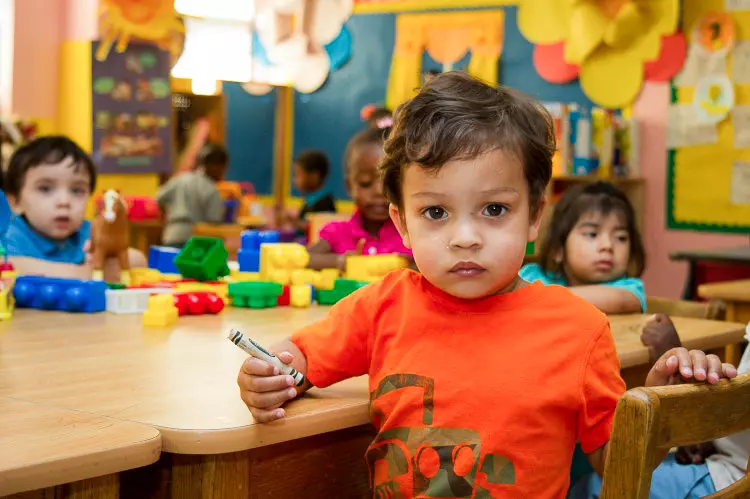In the past thirty years, child care costs in the United States have risen at nearly double the rate of overall inflation, according to a recent report by accounting firm KPMG. Over this period, while overall inflation increased by approximately 112 percent, the cost of day care and preschool services surged by an astonishing 207 percent.
The growing demand for child care is outpacing supply, with approximately 51 percent of Americans currently living in areas known as “childcare deserts” where access to childcare facilities is either non-existent or the available slots at licensed daycare facilities are three times the number of children. KPMG points out that worker shortages within the industry are acute, with staff members earning less than $15 an hour – a salary lower than that offered in many other low-income sectors. This raises concerns about the quality of workers being attracted to the child care sector and consequently impacts service levels.
While many U.S. states recognize the importance of addressing these issues, programs aimed at enhancing childcare services are still in the process of development, leaving significant gaps in coverage. Some states have yet to implement similar policies, while others only provide them for children aged 3 or 4 years old.
The report also highlights research from the American Enterprise Institute, which indicates that absences from school among children, particularly those from low-income households, are on the rise and becoming more chronic. This is a result of low-income parents having to rely on older siblings for childcare while they work, exacerbating learning gaps created during the pandemic and creating further barriers to social mobility.
Nevada has been identified as the state where families spend the highest proportion of their income on child care – more than 32 percent. This is approximately 10 percentage points higher than the second-highest state, Montana, which spends 22.6 percent of its income on child care.
In response to these challenges, the Biden administration has called for “investments to support high-quality, affordable child care, preschool, and long-term care” in their fiscal year 2024 budget proposal. The White House Fact Sheet also encourages federal agencies to identify which of their grant programs can support child care and long-term care for individuals working on federal projects, and consider requiring applicants seeking federal job-creating funds to expand access to care for their workers.
However, there are concerns that increased federal assistance measures might lead to higher child care costs, as has been observed in the higher education sector where costs have risen significantly alongside increased student loan funding. There is also a risk that the bureaucracy responsible for administering these programs could consume much of the allocated funds, leaving those most in need unsupported.
BofA predicts that child care costs may continue to rise even further following the expiration of the Child Care Stabilization program on September 30th, 2023. This program, part of the American Rescue Plan of 2021, provided subsidies to childcare providers. An increase in prices could disproportionately affect families with young children who constitute over 12 percent of U.S. households paying for child care on a regular basis, according to the Department of Health & Human Services.
Additionally, Bank of America raises concerns that soaring child care costs may have an impact on the labor market, driving some parents out of the workforce in order to stay home and take care of their children. This could exacerbate existing staff shortages and slow economic growth. As such, there is a pressing need for policymakers and stakeholders to collaboratively develop sustainable solutions that address these challenges and ensure access to affordable, high-quality child care services for all families in the United States.

